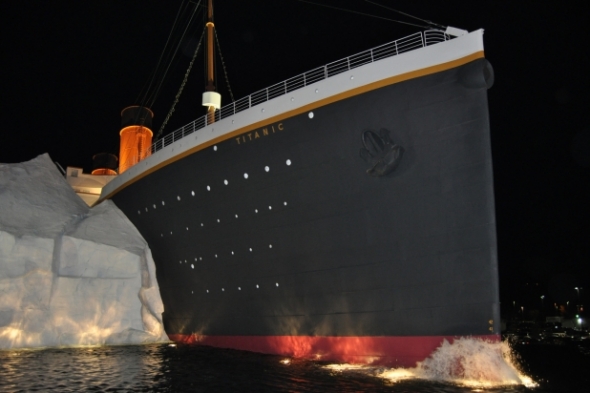The original intention of the EU's Solvency 2, the regulatory requirement for capital held by insurers, was to create a framework that inspired policyholder confidence and restore trust. The real outcome was to force insurers to undertake massive programs of data management at costs that, for some Tier 1 insurers, have exceeded $200 million. Some insurers said they would pass the cost on to their customers, which I’m sure wasn’t the intention.
In what was arguably worse, the cost became so great that other useful programs were put on hold because of this burning regulatory platform. The knock-on effect has been to create delay especially in customer-facing activities (which would have had a far better impact in improving confidence and trust).
Some international insurers suggested that the requirements might prevent them from trading in Europe – creating a "Fortress Europe" – but Solvency 2 seems to be emerging in multiple guises around the globe, in China, Latin America, South Africa and of course the U.S. in the form of RMORSA.
There’s lots written on this topic, such as http://www.solvencyiiwire.com/, and I won’t bore you, but as I looked out at the faces at a major conference in the U.S. where I spoke recently, I recognized the look I saw in many insurers in Europe in 2008 -- that of not really knowing what was going to hit them.
Insurers were to discover that more than 80% of both cost and implementation time was absorbed in data management, 15% on analysis and the small balance on risk reporting. Yet the reporting element proved to be the only part visible – reminding me of an iceberg analogy, with the reporting being that part of the ‘berg visible above the waterline.
Comparing risk and regulation to an iceberg is interesting, and as I looked around the room at the conference, I wondered how many attendees were ready for what would be, for them, a long and difficult passage. But not, I hope, a Titanic one…





